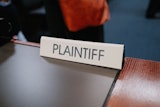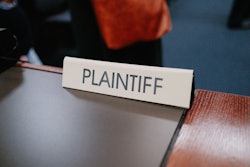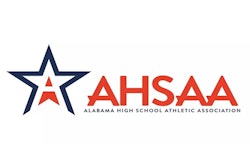
In the aftermath of the NCAA’s class-action lawsuits, a settlement has been reached that focuses on three primary issues.
- Payment for back damages related to NIL
- Increased benefits from institutions to students including NIL opportunities directly through the institution
- Elimination of scholarship limits in favor of roster limits.
According to the settlement, student-athletes in the A5 conferences can expect, “total back damages of approximately $2.78 billion to be paid over 10 years, equating to approximately $280 million annually with distribution of back damages as determined by the plaintiffs."
Starting in the 2025-26 school year, student-athletes could share $1.5 billion to $2 billion in revenue annually. These numbers were reached using a model that, “will allow schools to provide up to 22% of the average Autonomy 5 athletic media, ticket, and sponsorship revenue to student-athletes.”
Student-athletes could still enter NIL agreements with third parties, even if they receive shares of the revenue from their university.
Besides this additional income for student-athletes, the other most notable change in the wake of the settlement is the decision on roster limits. In an effort to expand scholarship offerings, teams must adhere to roster limits so that there is adequate funding for each team.
For example, the roster limit for collegiate cross country is now 17. The roster limit for track and field is 45.
The key here is that these numbers represent the ‘limit’ not the minimum, so schools are not required to maximize these roster spaces. In fact, according to reporting by FloTrack, some athletes and fans have expressed concern that the new ruling could give schools the excuse to, “invest more money into their sports which generate revenue, such as football and basketball.”
These roster and scholarship limits only apply if the university is distributing revenue among its athletes. Universities still have a choice at this time regarding whether or not they want to share revenue.
Before any of these changes take place, the settlement must be approved by the courts. This process could take several more months.





































